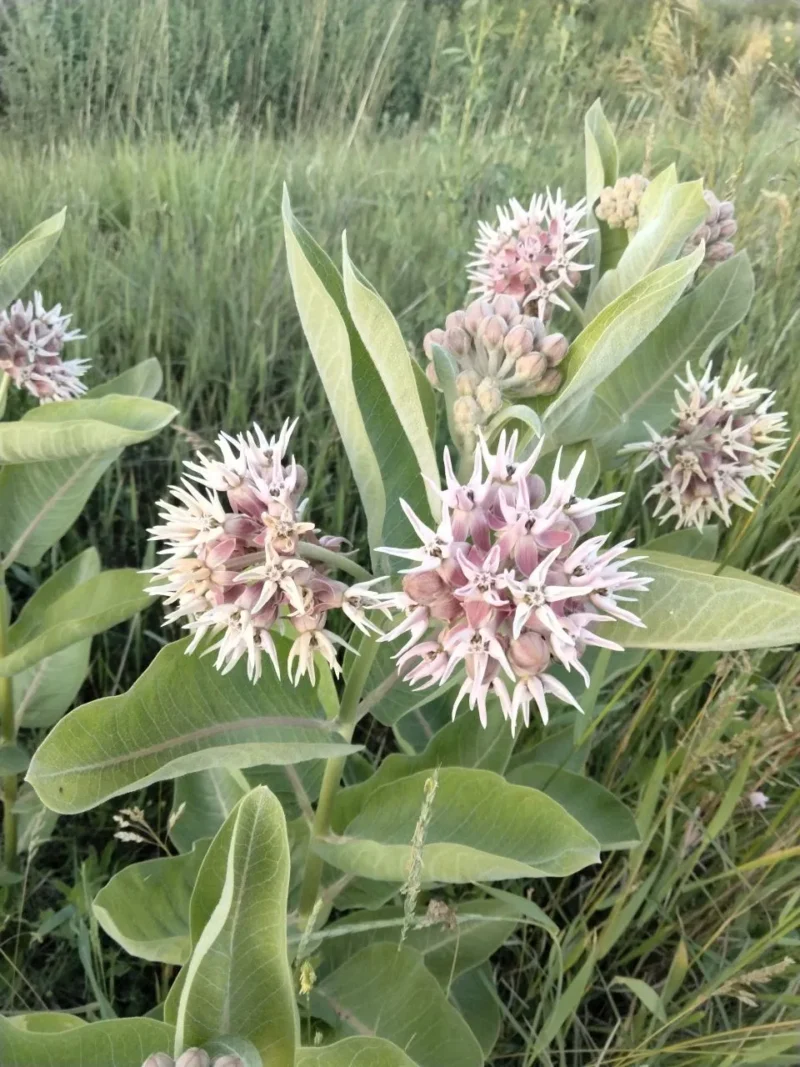There’s a kind of magic stitched into the stems of Showy Milkweed (Asclepias speciosa)—not the glitter-and-rainbows kind, but the quiet, dryland kind. The kind that waits out winters in the bones of the soil. The kind that remembers how to bloom in windblown basins and sun-scorched valleys. The kind that feeds Monarchs by the million, and asks for almost nothing in return.
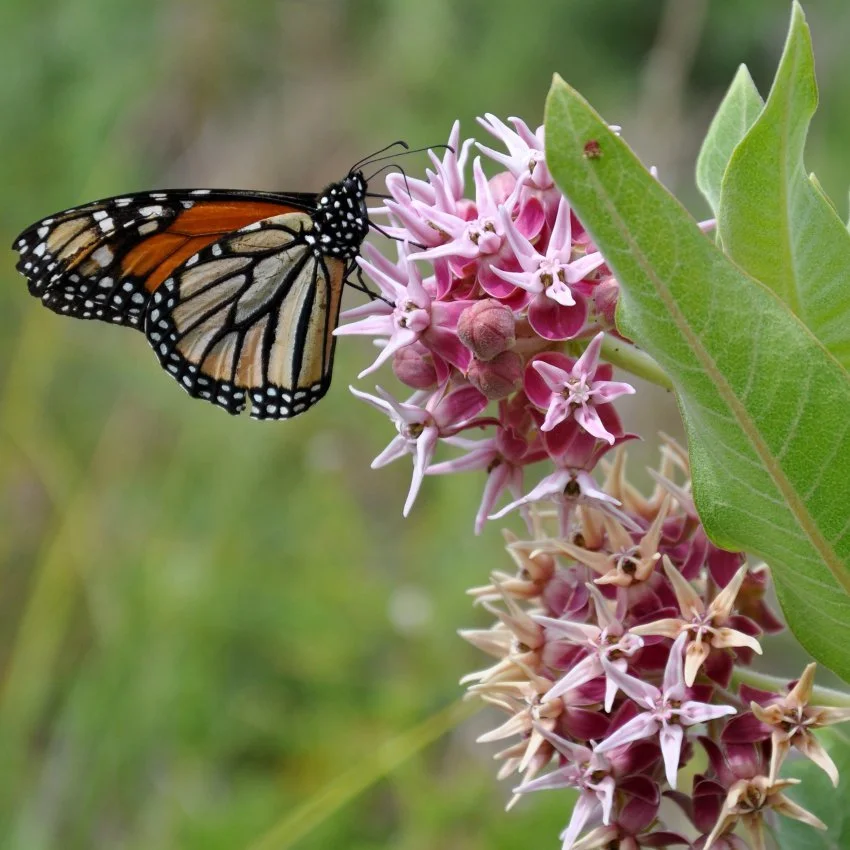
If you’ve never grown speciosa, you’re missing one of the great native perennials of the West. It’s a desert-forged cousin of Common Milkweed (A. syriaca), but leaner, hardier, and just as generous with its nectar. It doesn’t need pampering, it doesn’t want compost, and it doesn’t belong in a decorative border. This is milkweed with muscle—the kind that belongs on roadsides, rail beds, homestead edges, and open restoration ground.
Native Range: West of the Mighty Miss’
Showy Milkweed is native to the American West, from western Minnesota and the Dakotas, all the way to California and Oregon, stretching north into Canada’s prairie provinces and south into the dry zones of Mexico. It thrives where rain is sparse, summers are long, and roots can run deep.
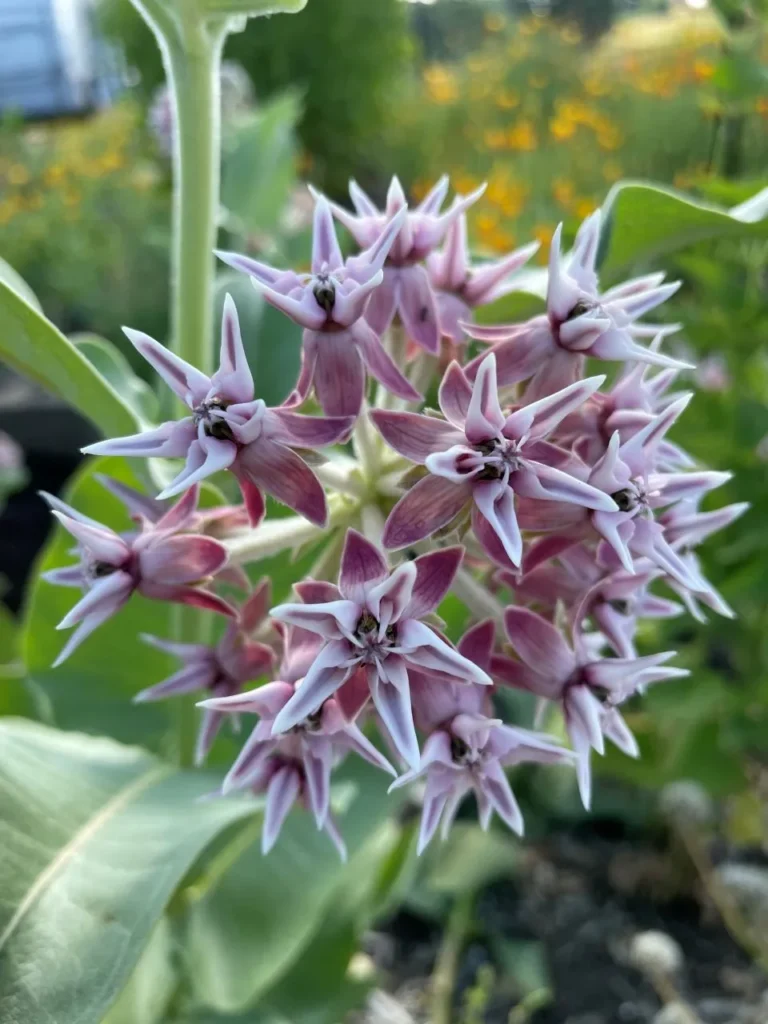
And though not native to Florida, I’ll say this: for those of you working in the hotter, sandier parts of the state, especially north and central Florida, speciosa might just offer an experimental alternative to the typical hardware store varieties, like A. curassavica. Think of it as a “desertified Common Milkweed”—a species with similar bloom timing and larval value, but better drought tolerance and fewer jungle instincts.
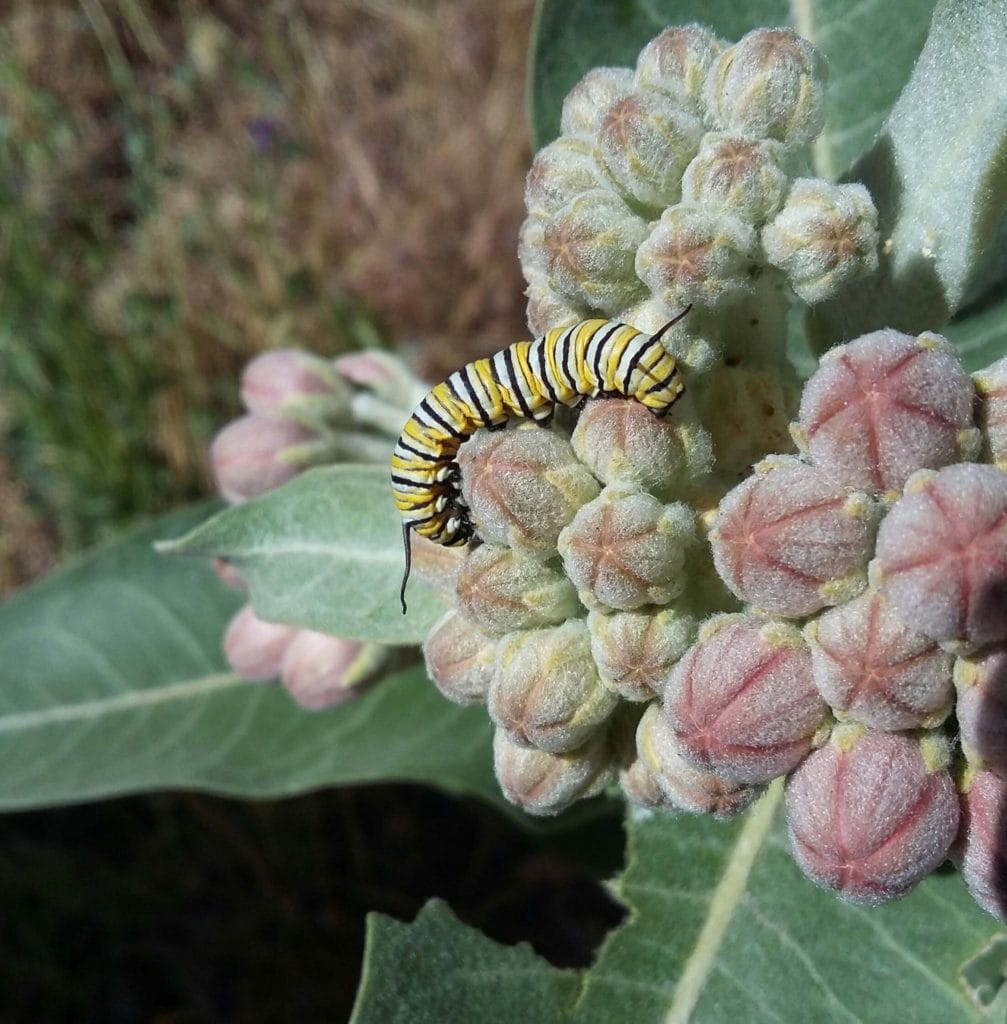
Germination Instructions & Planting Tips
Showy Milkweed doesn’t leap from the soil like a marigold. It wakes slowly, deliberately—like any perennial used to freezing winters and burning summers. But it rewards the patient.
- Cold Stratification (Recommended but Not Required):
Simulate a winter by placing your seeds in moist sand or vermiculite, sealed in a plastic bag, and stored in the refrigerator for 30 to 60 days. If sowing outdoors in late fall or early winter, nature will handle this for you. - Planting Depth:
Sow seeds ¼ inch deep in loose, well-drained soil. Cover lightly with soil or sand. Keep moist (but not waterlogged) until germination, which may take 14 to 40 days depending on temperature and stratification. - Sunlight & Soil:
Full sun is essential. Partial shade will stunt or delay. Tolerates sandy, gravelly, and clay soils. Once established, water sparingly—Showy Milkweed prefers dry roots and hard truth. - Maturity:
First-year seedlings may stay small. True blooming and spreading begins in year two or three, when the taproot establishes dominance and the plant begins to naturalize by rhizome.
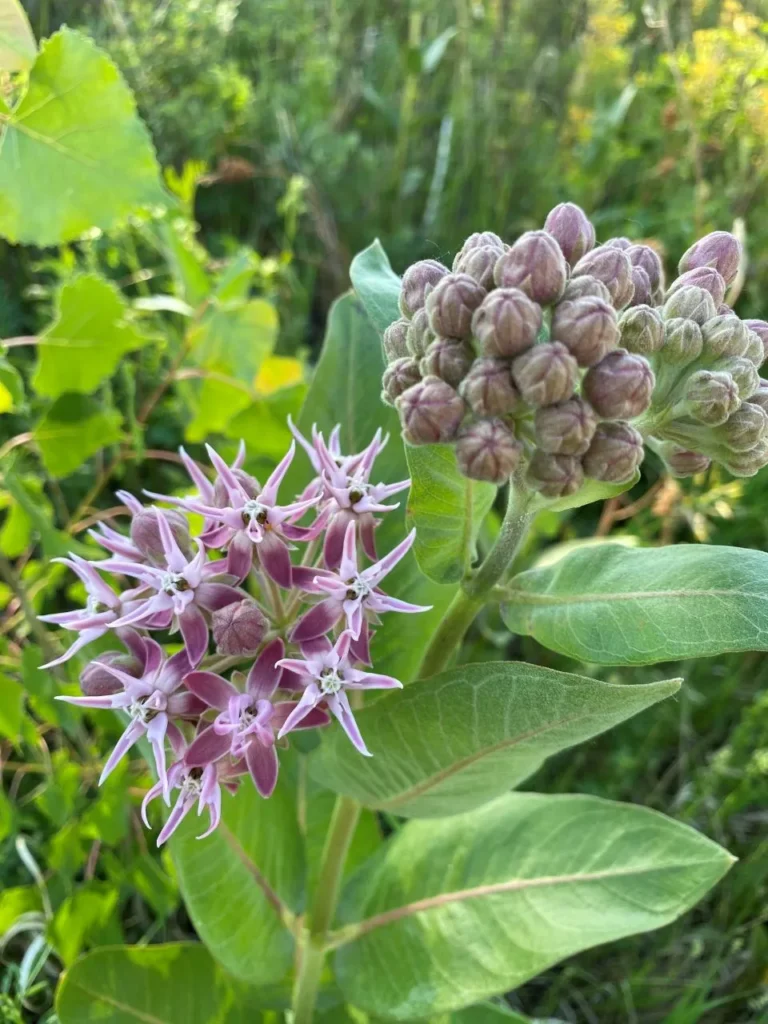
Seed Source: Grown Wild in Utah
Our Asclepias speciosa seed comes from a trusted ecological grower in Utah, hand-cleaned and field-harvested from wild-type parent stock. No tropical interlopers. No hybridization. No coatings, colorants, or gimmicks. Just clean, viable seed—ready for a patch of land that remembers what North America is supposed to look like.
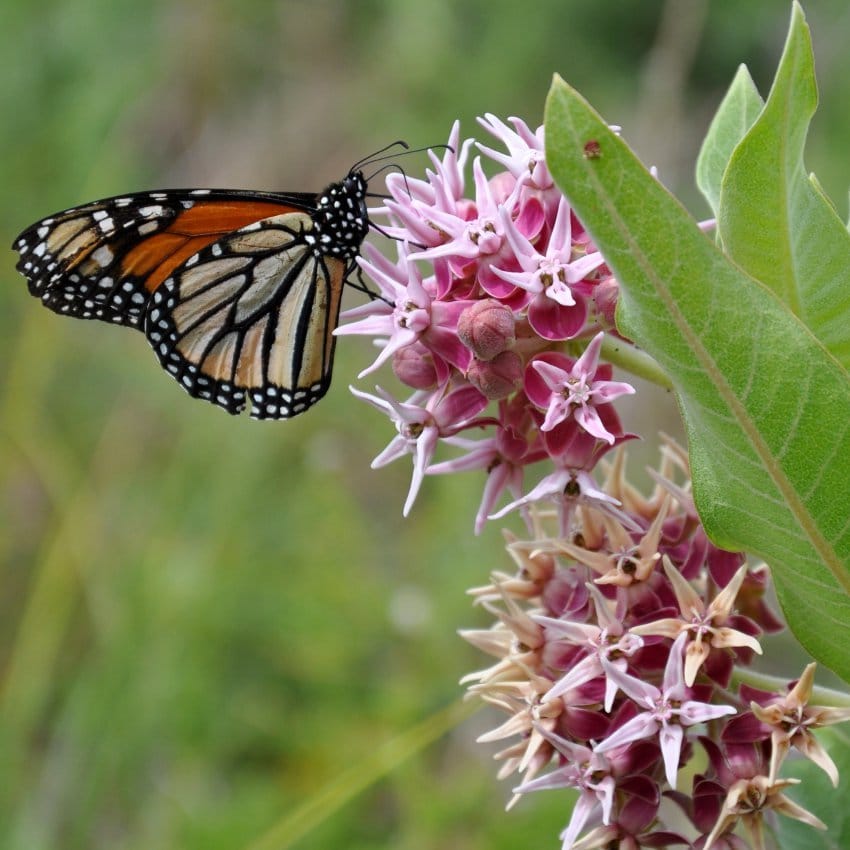
Why It Matters
Every Monarch you’ve ever seen passed through milkweed. Without the plant, there is no butterfly. But more than that, native milkweed rebuilds soil, anchors diversity, and reboots the food web. It’s not decor. It’s infrastructure. And we don’t have nearly enough.
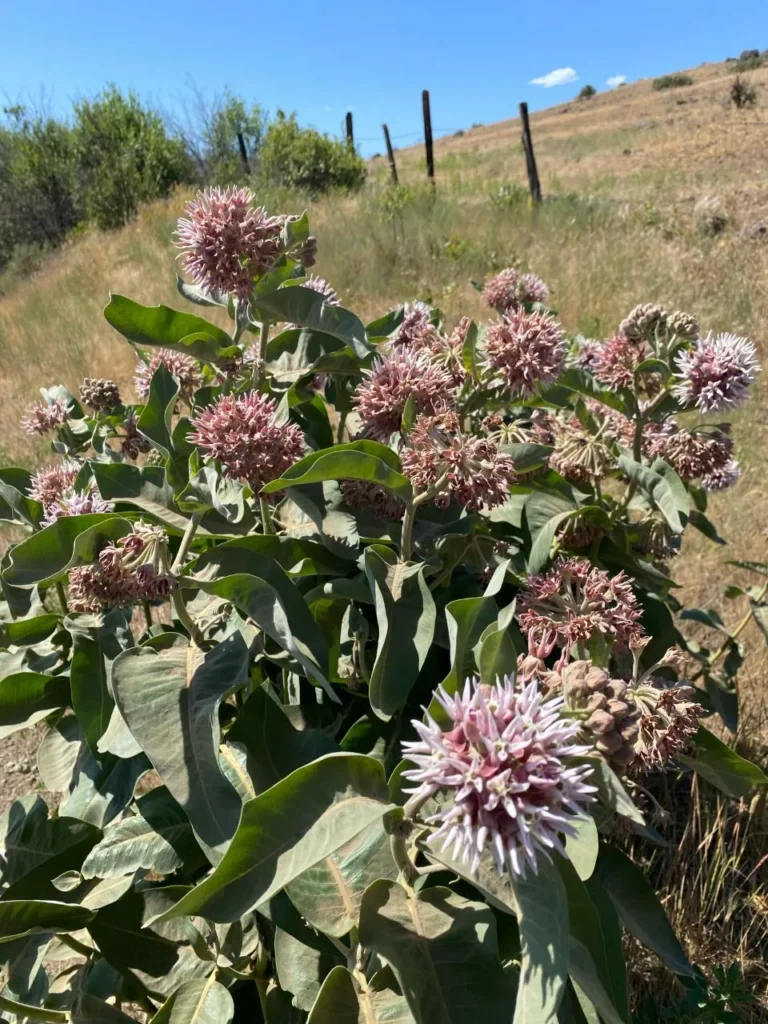
So if you’ve been waiting to plant the right kind of milkweed—this is it. If you’ve been looking for a low-maintenance, high-integrity native that holds up in heat and wind—this is it. If you’ve been searching for a way to give back to the land, even if just a little—this is it.
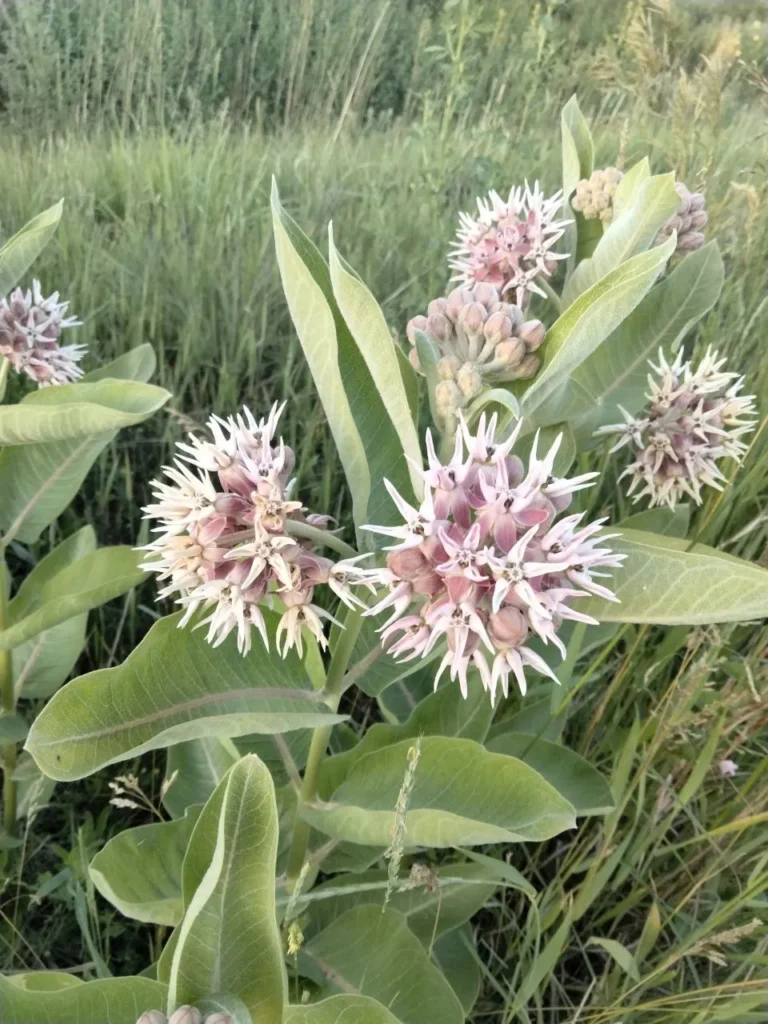
Plant More Milkweed. Start with Showy.
I’m Johnny Butterflyseed, and I’m not here to sell you decoration. I’m here to help you plant something that feeds the future.
You can order Showy Milkweed seeds now and get them in the ground before another year passes without a plan.
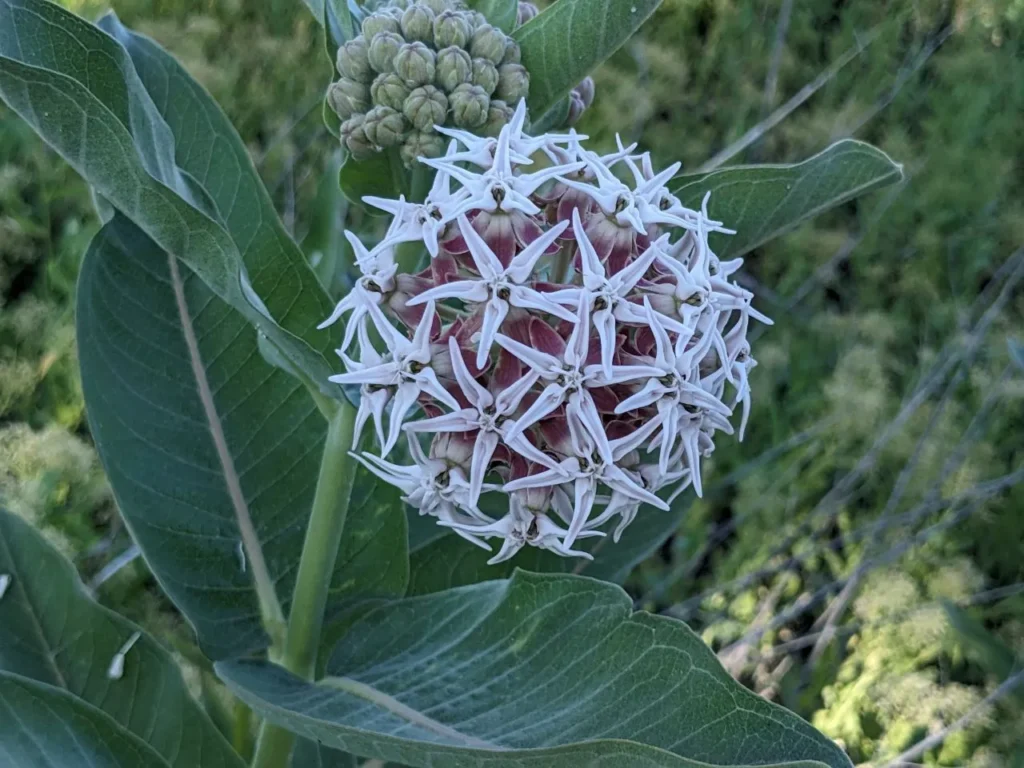
The bugs are waiting.
The birds are watching.
And the seed’s in your hands now.
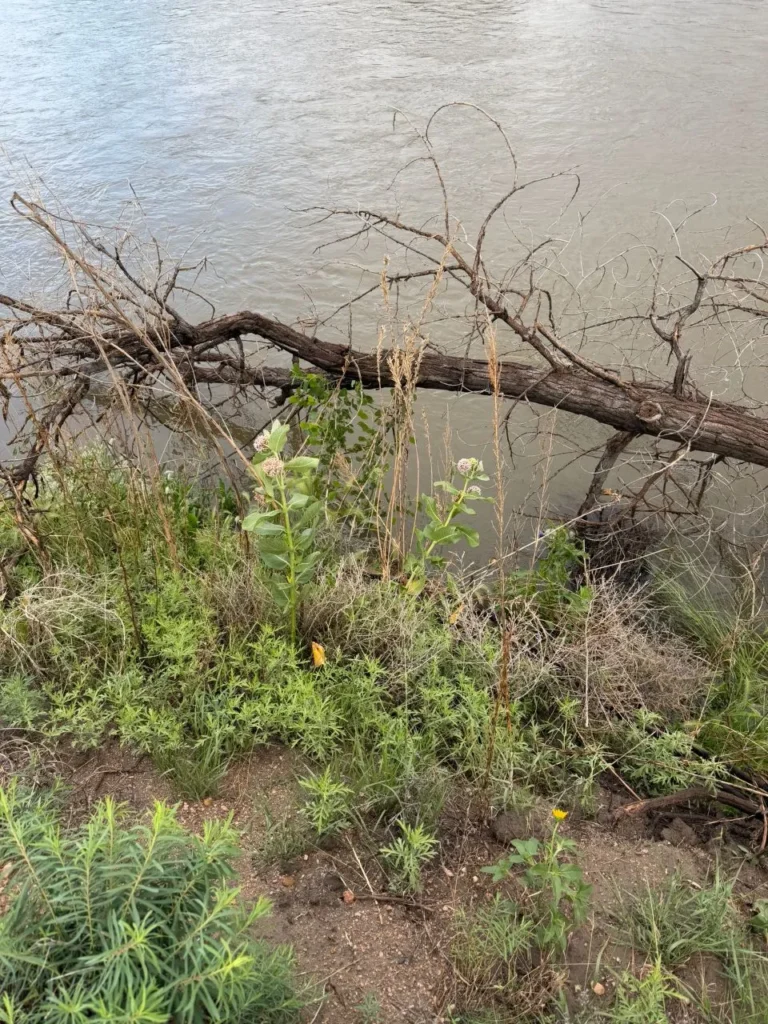

The Adventures of Johnny Butterflyseed – Author Signed First Edition Children’s Book
Save the monarchs!
Johnny Butterflyseed and his fairy friend, Raven Silverwing, embark on a mission to save the rapidly disappearing butterflies. They enlist the help of Queen Venus Goldwing and her kingdom of monarchs to educate and inspire kids to become butterfly farmers. At first, Johnny faces his own internal struggle with self-doubt and fear in his ability to make a difference, but then soon develops a mindset that allows him to not only get started, but also make progress one day at a time. Through challenge after challenge, Johnny learns that he is not alone in his mission and that there are many people who want to help. Together, Johnny, Raven, and Queen Venus educate thousands of children on becoming butterfly farmers.
